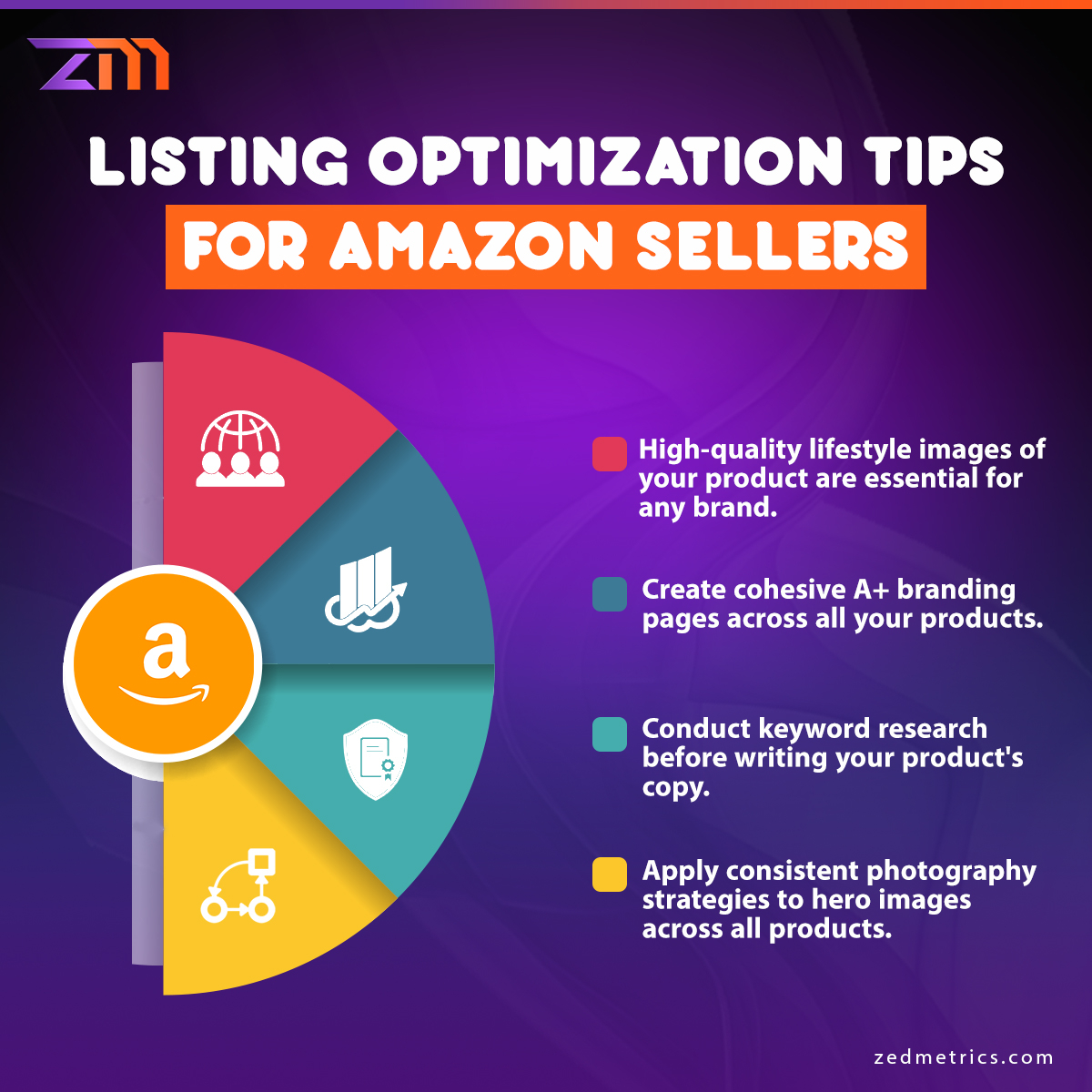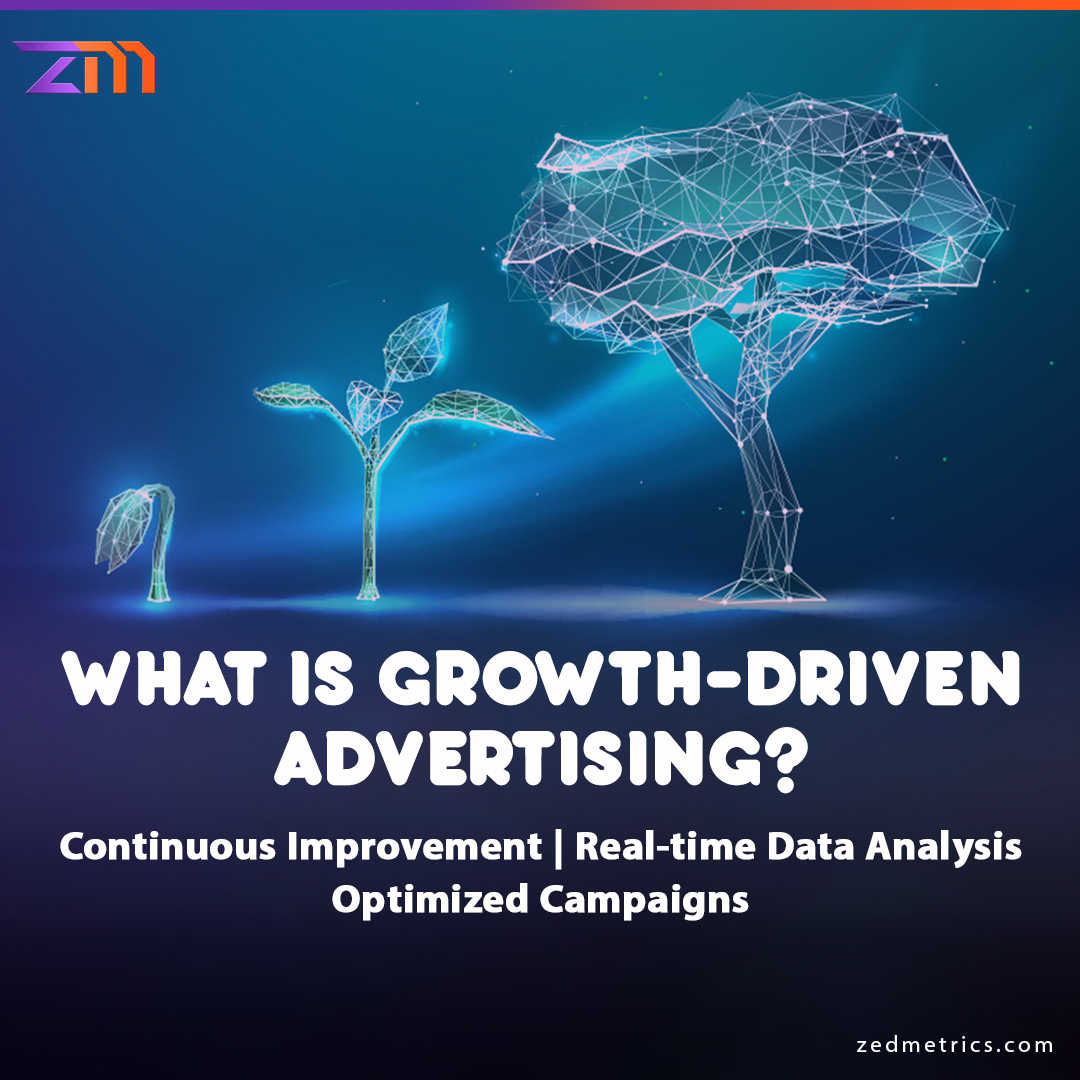
Introduction
Artificial Intelligence (AI) is transforming the way SEO works for websites and Amazon listings. With Google and Amazon leveraging AI algorithms, businesses must adapt to these changes to maintain and improve their rankings. In this guide, we’ll explore how AI is reshaping SEO and provide actionable strategies to help you stay ahead.
How AI is Changing SEO on Google & Amazon
1. AI-Driven Content Optimization
Google’s AI-powered algorithms, such as RankBrain and BERT, analyze user intent rather than just keywords. Similarly, Amazon’s A10 algorithm prioritizes listings optimized for AI-based search relevance. AI-powered SEO tools like SurferSEO, Clearscope, and Jasper AI help in:
- Creating high-quality, AI-optimized content.
- Enhancing readability and keyword relevance.
- Analyzing competitor content and improving existing articles.
2. AI-Powered Keyword Research
Traditional keyword research is being replaced with AI-driven insights. Tools like SEMRush, Ahrefs, and Google’s AI-powered Search Console provide predictive analytics to suggest:
- Trending search terms.
- Long-tail keywords with higher conversion rates.
- Keyword variations based on user intent.
3. Voice Search Optimization
With the rise of Alexa, Siri, and Google Assistant, AI-driven voice search is becoming a major SEO factor. To optimize for AI-powered voice search:
- Use natural language and conversational phrases.
- Focus on question-based content (e.g., “How to rank on Google using AI?”).
- Implement structured data (Schema Markup) for better voice search visibility.
4. AI in Amazon SEO & Product Listings
Amazon’s A10 algorithm prioritizes listings that align with AI-based search queries. To optimize your Amazon SEO:
- Use AI-based tools like Helium 10, Jungle Scout, and DataHawk.
- Implement AI-generated product descriptions for better keyword targeting.
- Leverage dynamic pricing and AI-driven ad optimization.
Step-by-Step AI SEO Optimization Strategy
Step 1: Perform AI-Based Keyword Research
Use AI tools like Frase.io and Clearscope to find the best AI-generated keyword recommendations. Identify low-competition, high-search volume keywords for both Google and Amazon rankings.
Step 2: Optimize Content with AI Writing Tools
AI tools such as Jasper AI and Writesonic generate engaging, SEO-optimized content. Ensure:
- Keyword placement is natural and well-distributed.
- Content is structured with headings, subheadings, and bullet points.
- Readability is enhanced using AI-driven recommendations.
Step 3: Use AI for Technical SEO
AI-powered SEO audits with SurferSEO and Screaming Frog help detect issues like:
- Slow page speeds (AI can suggest fixes).
- Broken links (AI tools can identify and redirect them automatically).
- Mobile-friendliness (AI-driven recommendations improve UX).
Step 4: Implement AI-Optimized Schema Markup
Structured data helps AI-powered search engines understand content better. Use Google’s Schema Markup Generator to add:
- FAQ Schema for voice search optimization.
- Product Schema for better Amazon listing visibility.
- Local Business Schema for improved local SEO rankings.
Step 5: Leverage AI for Link Building
AI tools like Postaga and Link Whisper help automate and optimize link-building efforts. They:
- Identify high-authority backlink opportunities.
- Suggest personalized outreach emails.
- Track link-building progress using AI-powered analytics.
The Future of AI-Powered SEO
As AI continues to evolve, expect SEO strategies to become more automated, data-driven, and user-focused. Future trends include:
- Hyper-personalized search results based on AI behavior analysis.
- Advanced AI-generated content replacing manual content creation.
- Real-time AI SEO optimization adjusting rankings dynamically.
Conclusion
AI-powered SEO is no longer optional—it’s the future of digital marketing. Whether optimizing for Google rankings or Amazon listings, integrating AI tools into your strategy will ensure you stay ahead in 2025 and beyond.









